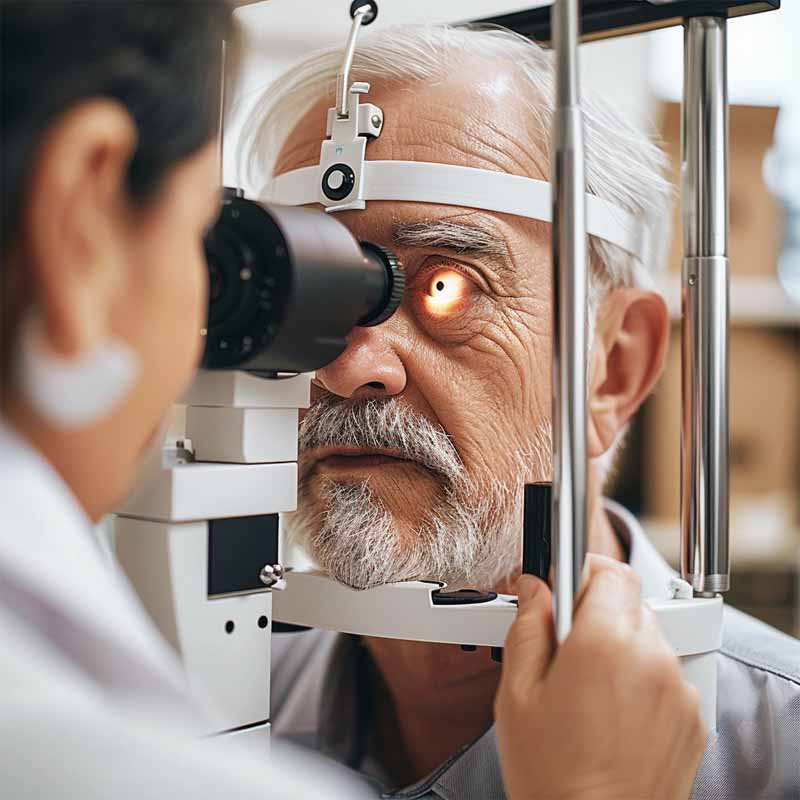I was just in to see Dr Luther, him and his girls are top notch! You won’t find a better Place to go! Check them out, you won’t be disappointed!
Great experience at Luther EyeCare! Dr Luther and his staff were a pleasure, very helpful, professional, kind and personable.
Great doctor! Listens, attentive, cares about your well being! Highly Recommend!
Excellent doctor who provides a thorough exam and answers all questions.
My husband and I both were able to get in quickly and we couldn't be more pleased with the care we received. Top notch. I highly recommend him and his staff was great as well.
I decided to “frame” shop at Dr. Luther’s office before I even knew if I needed new glasses! Hailey & Dr Luther were VERY helpful in seeing if my Vision Insurance was covered. Dr Luther helped me pick out a couple frames that “fit” my face. I will be in touch with their office soon!

